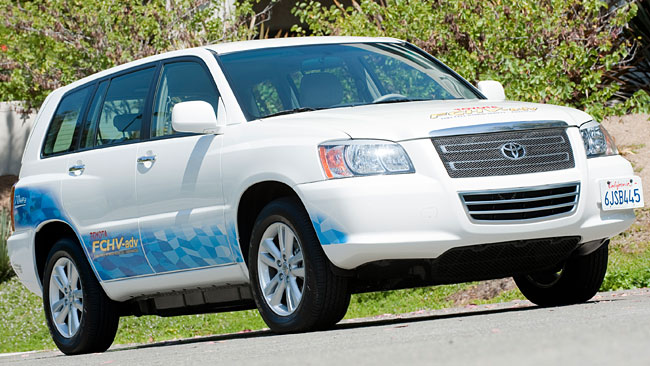…to keep warm at the hearth and to keep food on the table.
A world where you have an unlimited supply of "affordable" electricity and where you can cheaply drive your SUV with a clear conscience because it creates no emissions apart from water.
When said SUV is not being driven, you can plug it in and power the house for up to a week with no emissions and minimal cost by tapping into the vehicle's hydrogen fuel cell. Sounds too good to be true.
But the National Fuel Cell Research Centre at the University of California, Irvine, is about to open what is called a tri-generation plant near Los Angeles that uses human sewerage to generate sufficient thermal heat to warm a group of apartment blocks, to generate electricity for those apartments and also produce renewable hydrogen for use in fuel cells that can be used in transport among other things.
Tri-generation relies on what is called anaerobic digestion gas to produce heat, electricity and hydrogen with near 100 per cent efficiency compared with about 40 per cent for coal burning power stations.
This is all wonderful but where does it fit into our plans for motoring in future? What does it mean for cars and for driving as we know it?
Toyota has been heavily involved with fuel cell development since the late 1990s and has a fleet of vehicles using the technology in conjunction with hybrid electric drive systems.
These vehicles, called FCHVs (Fuel Cell Hybrid Vehicles) use some ideas from the Toyota Prius but instead of having a petrol engine, an electric engine and battery pack, they have a fuel cell "stack";a box with electrodes in it that react with hydrogen to chemically produce electricity.
This electricity then powers an electric motor to drive the car. It is a much more elegant solution to future transport problems than a hybrid petrol or hybrid diesel electric system; simpler, lighter, easier to package and emission free when using renewable hydrogen sources. It is also safer than petrol. Which would you prefer spilled on the floor of your garage, a drum of hydrogen (the major component of water) or a drum of petrol?
Toyota has invested heavily in FCHV development to the point where it is ripe for general consumption which will happen in 2015 with a new Toyota sedan powered by hydrogen. Indicative pricing or purchase plans are not available. The cost of the FCHV system is high but economies of scale will bring that down.
The main problem facing FCHVs is hydrogen availability to be partly resolved in Los Angeles with six new delivery stations, some of which are directly connected by pipeline to a Shell Oil Company hydrogen production plant.
This hydrogen is currently produced from LPG which is not a renewable source.
Toyota allowed us to test drive its FCHV test bed SUV last week in Los Angeles and it was surprisingly..uneventful, just like driving a "normal" V6 petrol-powered vehicle.
The Kluger SUV test vehicle delivers strong off the line acceleration, has plenty of power across a wide operating range and makes minimal noise or vibration.
It is eerily quiet at a standstill because everything shuts down except the air conditioning. Drive goes to the front wheels through a CVT automatic transmission. An all wheel drive model is relatively easy to make according to Toyota.
What does FCHV technology mean for plug-in electric vehicles?
They probably won't be the dominant powertrain source everybody thinks given the continuing range limitations of current electric vehicles.
The fuel cell Kluger will go 600km plus on one tank producing only water as a "waste" by-product.






.jpg)
.jpg)
.jpg)

_0.jpg)



.jpg)
 (1).jpg)



.jpg)




.jpg)





